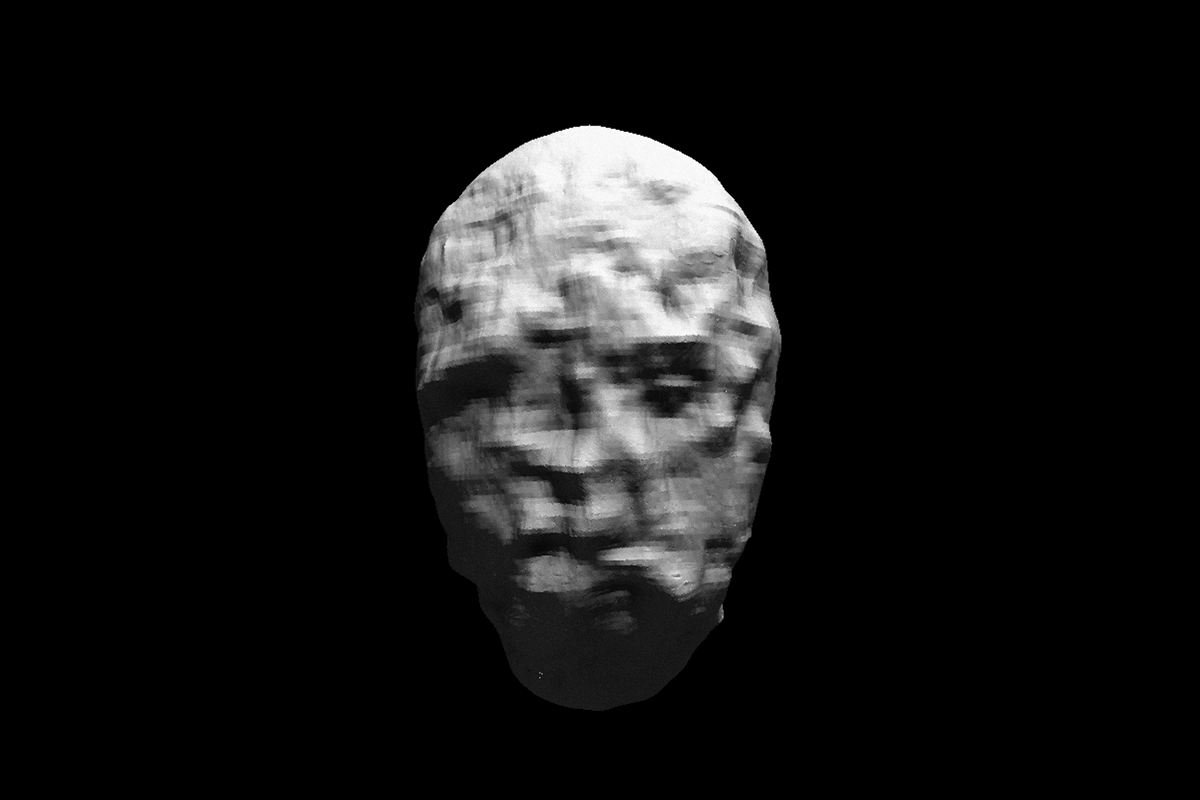IN
IN
JPN
EN
Join Our Communities

“I’ve been making digital art most of my life,” said Crispin. “I’ve also been minting NFTs since the beginning of 2021 and exploring blockchain and its relationship with digital art since around 2015.”
Crispin first heard of blockchain on a tech blog discussing Bitcoin in 2011 and briefly considered mining but thought it was a waste of time. Then, when Bitcoin passed the $300 range, Crispin realized it wasn’t a fad and wasn’t going to go away.
He was living in Los Angeles and said there was a crazy feeling in the air. On the one hand, there were raging wildfires and drought, and on the other hand, the tech world was obsessed with the emerging digital currencies and things like self-driving cars.
“There were two narratives; the first was the world was collapsing, and the other was that we were going to achieve transcendence through tech, and they were impossibly at odds with one another.”
Drawing on the dissonance for inspiration, he created a piece in 2015 - a Bitcoin mining rig built into a survival sculpture of objects like a water filter and dried food. Crispin said as an art object, it was hedging bets – it could appreciate as an artwork but also create value by mining Bitcoin and, if the world collapsed, it could be disassembled, and the survival objects used practically.
When it comes to using code to generate art, Crispin said there are parallels with cinema. It took decades before moviemakers realized film was its own medium and the camera could be moved, and effects applied.
The same lesson applies to creative coding and programming, which Crispin said has reached a nexus. “It’s been going for decades, but now it’s been democratized with tools which let artists write code,” he said. “And now we have a marketplace for it with NFTs.”
Five years ago, NFTs simply didn’t exist, and digital artists had to send their files on USB sticks with a certificate of authenticity.
“Back then, people were simply not interested, but now NFTs are a great stand-in for the buying and selling of ideas.”
Crispin’s first Tezos project was a series of 98 artifacts from a work called Data Masks. With Data Masks, he wrote a piece of software that reverse-engineered face recognition algorithms by taking noise and repeatedly running it through the program to generate faces. He also uploaded the faces generated by the artwork to Facebook to see if they passed Facebook’s face recognition algorithms.
He also took the faces and 3D-printed them, making them into a gallery-style artwork. “But when I uploaded them to Facebook and saw how its algorithm interacted with the faces, then that became a core part of the artwork.”
Crispin sold the art on Hic et Nunc, pricing each piece differently. Some went for $3, while others priced at $3,000 and $300,000. He figured it would be a price discovery strategy simply to see what collectors were willing to pay.
“The project was an experiment because I was thinking about how much surveillance there is and that it’s crazy that we as humans are creating AIs as partners to humanity.”
He also sees NFTs as a movement here to stay, saying that Web2 companies used the value created by customers and could delete that value anytime they chose – such as banning a player from a game. “Web3, NFTs, and crypto can enable the open, interoperable dream of the early web,” he said.
Crispin said the tools to create NFTs and write smart contracts are becoming democratized, and in the future, writing a smart contract will be as easy as using Instagram. “There will be lots of user-friendly interfaces because at the moment, writing a smart contract, even if you know what you are doing, is hard,” he said.
Memes are also the future, and he said a meme is an idea passed between people. Tortillas are a meme, as is the Mona Lisa, he said. Some of the most popular memes of today will be seen as the lauded artworks of the future.
But there are cultural differences between the traditional art world and the world of NFTs and memes, Crispin said, with many NFTs and memes meant for immediate consumption and a quick dopamine hit before the viewer moves on to the next thing.
“NFTs will grow and consume everything. They will eat the world as the internet has, and in effect, they are the new internet,” he said. “But it’s hard to treat NFTs like a monolith because there are lots of niche communities coming to light.”
Crispin’s current project is writing a new smart contract that embraces the chaos of the always-on, 24x7 NFT world. With this project, the NFT knows what it has been sold for, if the owner makes a loss, and can respond to the fact they have changed hands.
“When I think about iconic paintings, the ones that hold the greatest interest to me are the ones saying something fundamental about what painting is. With smart contracts, you can do the same thing – express what the fundamental character is.”
Image: Data-Mask by Sterling Crispin